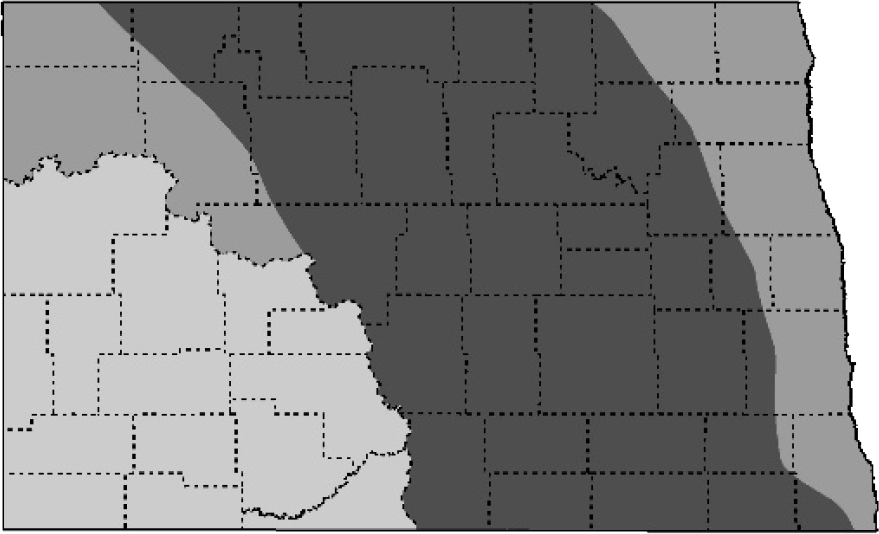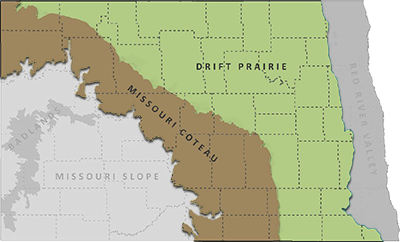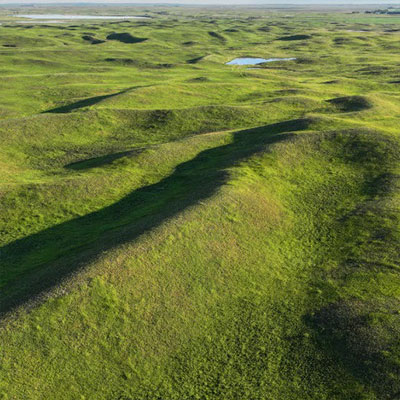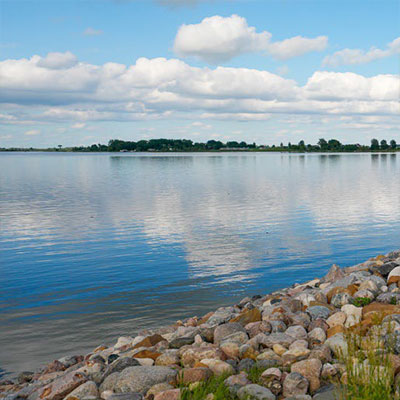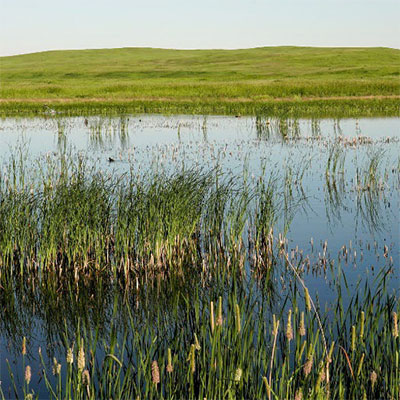American Bittern
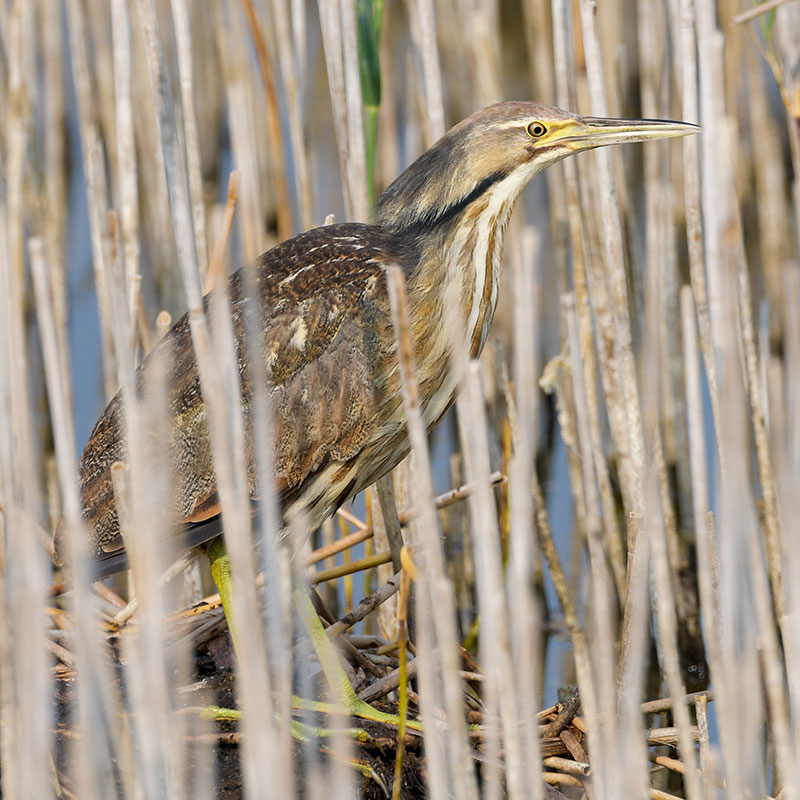
Photo Credit
NDGF
SGCN
Nongame
Common Name
American Bittern
Scientific Name
Botaurus lentiginosus
Taxon
Birds
Subtaxon or Group
Waterbird
Description
L 28”, WS 42”, 1.5 lb. Long, boldly striped neck with a pointed bill and greenish legs.
Status in North Dakota
Occurs in North Dakota from mid-April to late October. Peak breeding season early June to late July.
Reason for SWAP Designation
At-risk, ND range important (SGCN b.).
ND ranks 1st out of 26 states for highest percent of the global population (9.62%) during the breeding season (eBird).
The American Bittern is declining, and ND has high stewardship responsibility for this species in the Prairie Pothole Region.
Threats
- Loss of grassland/wetland complexes. Loss and degradation of wetlands, drainage and wetland consolidation.
- Hydrologic shifts in wetlands of the PPR due to wetland consolidation and drainage, climate and land use changes (i.e. lakeification).
- Classified as climate-endangered, American Bittern is projected to lose more than half of its current distribution by 2050, with no net gains of new areas (Audubon).
- Increasing applications of agrochemicals and adverse impacts to water quality, the wetland vegetative community, and the aquatic invertebrate community.
- More frequent or intense harmful algal blooms.
- Aquatic nuisance species spreading and damaging wetland ecosystems.
- Migration routes of American Bitterns using satellite telemetry data found that many birds (63%) breeding in the central part of North America wintered in the Everglades of Florida, an area impacted by a variety of threats.
- Decline in the southern portion of the species range may be linked to declining amphibian populations.
- The American Bittern is at the top of the food chain, and its presence is a good indicator of environmental quality.
- Some mortality with communication towers.
Research and Monitoring
- Habitat requirements and demographics have been extensively researched.
- Additional information is needed on migration and wintering behaviors.
- The Breeding Bird Survey, eBird and Partners in Flight Databases are key sources of information on distribution and population trends.
Management Recommendations
- Protect and conserve areas where complexes of high-density, medium to large wetlands and large blocks of grassland remain intact.
- Use tall, dense native grasses and sedges when replanting or restoring grassland along wetland edges.
- Maintain a wide vegetative margin around wetlands.
- Delay mowing, haying or burning grasslands until after August 1.
- Mow, hay or burn every 2-5 years to maintain residual vegetation.
- Follow beneficial or best practices during the design, siting, construction, operation, and maintenance of tall structures (e.g. transmission lines, communication towers, wind turbines).

